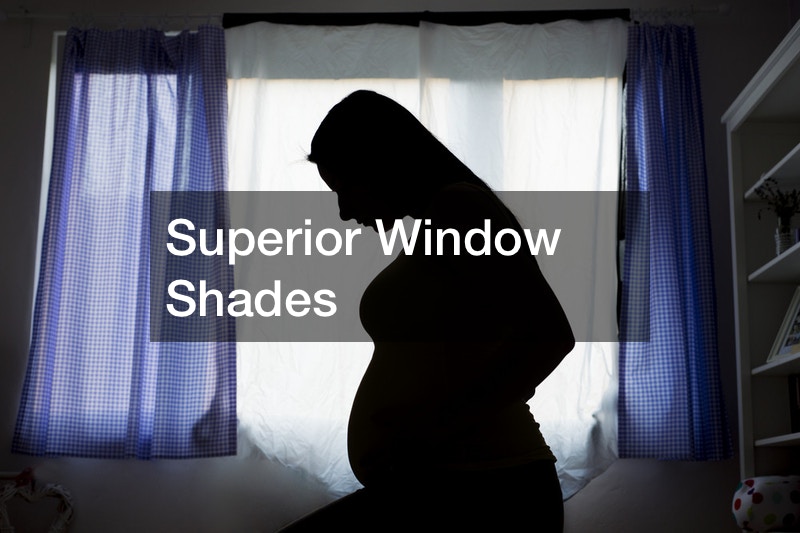
A koi pond is not only a stunning addition to your garden but also a responsibility that requires consistent care and attention. Proper maintenance ensures that your koi remains healthy and vibrant and that the pond remains a beautiful focal point in your outdoor space. Here are some essential steps to care for your koi pond effectively.
1. Regular Water Testing
Maintaining optimal water quality is crucial for the health of your koi. Regularly test the water for pH levels, ammonia, nitrites, and nitrates. Ideally, the pH should be between 7.0 and 8.0, ammonia and nitrites should be at zero, and nitrates should be kept low. Use a high-quality water test kit and test the water weekly.
2. Proper Filtration
A good filtration system is vital to keep the pond water clean and clear. Mechanical filters remove debris and solid waste, while biological filters house beneficial bacteria that break down harmful substances. Ensure your filtration system is appropriate for the size of your pond and the number of koi. Clean the filters regularly to prevent clogging and ensure they function efficiently.
3. Aeration
Koi require well-oxygenated water to thrive. Aerate your pond using air pumps, waterfalls, or fountains to ensure adequate oxygen levels. Aeration is especially important during the summer months when higher temperatures can reduce the oxygen levels in the water.
4. Feeding Practices
Overfeeding can lead to poor water quality and health issues for your koi. Feed your koi once or twice a day with the best koi food, only giving them as much as they can consume in about five minutes. Remove any uneaten food to prevent it from decomposing and contaminating the water.
5. Managing Algae
Algae can quickly become a problem in koi ponds, turning the water green and depleting oxygen levels. To control algae growth, avoid overfeeding, limit the pond’s exposure to direct sunlight, and use aquatic plants to compete with algae for nutrients. Barley straw, UV clarifiers, and algaecides can also be effective in managing algae.

6. Seasonal Maintenance
Koi ponds require different care depending on the season. In the spring, clean the pond thoroughly, including the filters and bottom of the pond, and check the equipment for any damage. During summer, monitor water levels and top off the pond as needed due to evaporation. In the fall, net the pond to prevent leaves from accumulating and decomposing in the water. Winter care involves ensuring the pond does not freeze completely; use a pond heater or de-icer to maintain an open area for gas exchange.
7. Pond Plants
On top of the best koi food, it’s important for aquatic plants to add beauty to your pond and maintain water quality by absorbing nutrients that would otherwise feed algae. Include a mix of submerged, marginal, and floating plants. Ensure they do not overgrow and take up too much space, which could affect the oxygen levels and movement of your koi.




